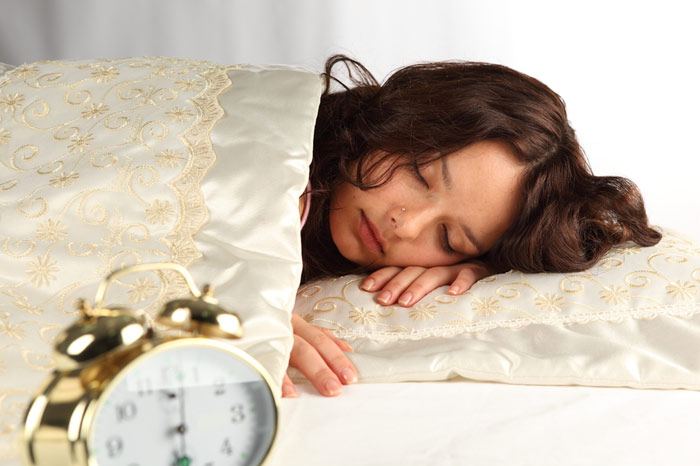The importance of sleep in maintaining good overall health is often overlooked, but getting a good night’s sleep means more than simply waking up feeling rested. Sleep is the time when the body repairs itself, when the brain recharges and processes all that has happened throughout the day, and losing out on sleep can have systemic effects on the body, both in the short and long-term.

Lack of sleep can have a host of negative effects on health and wellbeing, from dark circles and bags under the eyes to mood swings, a short temper and an inability to focus and think clearly. Poor sleep can have negative effects on our long-term health as well, increasing stress, which can in turn cause damage to body systems. Muscles are unable to completely repair themselves, as are bones and other tissues, leaving the body more susceptible to injuries. Memory, especially short-term memories, can be severely inhibited; forgetfulness and inattentiveness are common side effects of lack of sleep. Sleep loss has also been linked to increased risk of depression, risk-taking behaviors and weight problems.
Sleep and the bedroom’s design
A good night’s sleep begins with ensuring that the bedroom is an ideal environment for sleep. Designing this type of sleep-friendly environment is easy and cost-free. Before beginning, take time to evaluate the bedroom, seeing what works and what doesn’t as far as sleep is concerned. Pay close attention to factors that can negatively affect sleep. Most people sleep at night, so too much light in a bedroom when sleep is desired can be a problem. Place blinds or curtains on the windows to block the sunlight; wooden shutters are another effective choice, blocking the sunlight while also reducing the amount of noise from outside. Avoid having a television in the bedroom, but if there is one, make sure it is turned off at night.
The bed is critical when it comes to getting a good night’s sleep. There is no right or wrong answer when it comes to what kind of mattress to get; the choice of mattress should be based on personal preference as well as the typical sleeping position. Pillows should also be chosen with sleeping position in mind; special pillows are available for people who prefer sleeping on their back or stomach. Finally, select sheets with a texture that does not irritate the skin or cause overheating.
Speaking of overheating, it is best to keep the bedroom cool. A good temperature range is between 60 and 67 degrees, but experiment to find what temperature results in the best sleep.
The bedroom should be a place of peace and relaxation, and it should reflect personality. Go with neutrals and muted tones, and add a splash of color in the bedding or décor. Warm colors create an atmosphere of coziness, while cooler shades can sooth and relax.
Encouraging healthy sleep patterns begins with a healthy sleep environment. Making subtle changes to the lighting and temperature of a bedroom, as well as ensuring that the bed is comfortable, will put the dream of a restful, rejuvenating sleep within reach.










